By: Brad Nuest, Space Science Educator
During the next few weeks, all five of the visible planets – Mercury, Venus, Mars, Jupiter, and Saturn will appear in the sky at the same time. This fairly rare planetary treat hasn’t happened since 2005. Here are the details about how to see the planets:
When Do I Look?
The five planets will be visible in the morning sky before sunrise and will arc across the sky from Southeast to Southwest. The best time to look is between 6:30 and 7 am.
Where Should I Go for the Best View?
The only real requirement in a viewing location is a clear view of the southeastern horizon. This is the area of sky where Venus and Mercury are located. Trees and houses may block your view of Venus and most certainly will hide Mercury which sits close to the horizon. The other three planets are high enough to see easily. A dark location is always best but it isn’t absolutely necessary. Planets are generally easily seen even in well-lit cities.
How Do I Find the Planets?
Some of the five visible planets are very easy to find, and the others are a little trickier. The best thing to do is start with the brightest ones, Venus and Jupiter. Venus is very bright and easy to spot. Only the Moon and sun are brighter than Venus. Look for Venus in the southeast.
Next locate Jupiter, the westernmost planet. It is also very bright and outshines the stars it resides among in the southwestern sky. Below Venus, look for Mercury, rather faint and slightly above the southeastern horizon. It will angle down to the left of Venus. Angle up to the right of Venus and look for yellowish Saturn.
Notice that Mercury, Venus, and Saturn tend to be in a line. Continue tracing that line upwards and look for reddish Mars. Now step back and with your finger trace the positions of the planets from Mercury in the southeast to Jupiter in the southwest.
Did you notice that you traced out a large arc across the southern sky? This imaginary line is called the ecliptic and is the path the sun takes through the sky. The planets are found along the ecliptic because the solar system is roughly on the same plane, so the planets follow the same path as the sun.
Do I Need Any Special Equipment To See the Planets?
The only equipment you really need are your eyes, but if you have binoculars or a telescope, your view will be enhanced. Binoculars can show the four largest Moons of Jupiter, and a telescope can reveal rings around Saturn, phases on Venus, and cloud bands on Jupiter.
How Can the Cosmosphere Make My Observing Experience Better?
The Cosmosphere’s Justice Planetarium offers daily shows and is a great way to learn about the night sky. Each show features a “tonight’s sky” segment with an educator pointing out constellations and planets. The Cosmosphere Astronomy Club also meets and often observes the sky on a monthly basis and one can become a member or join us for an evening of observing. Contact bradn@cosmo.org for more information.


